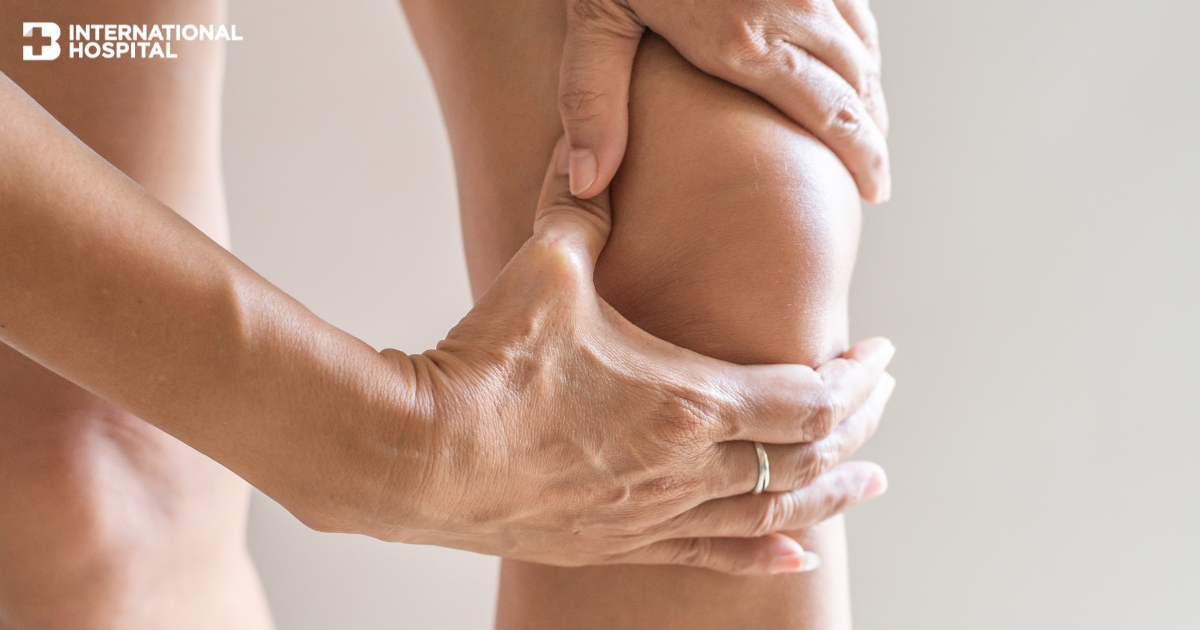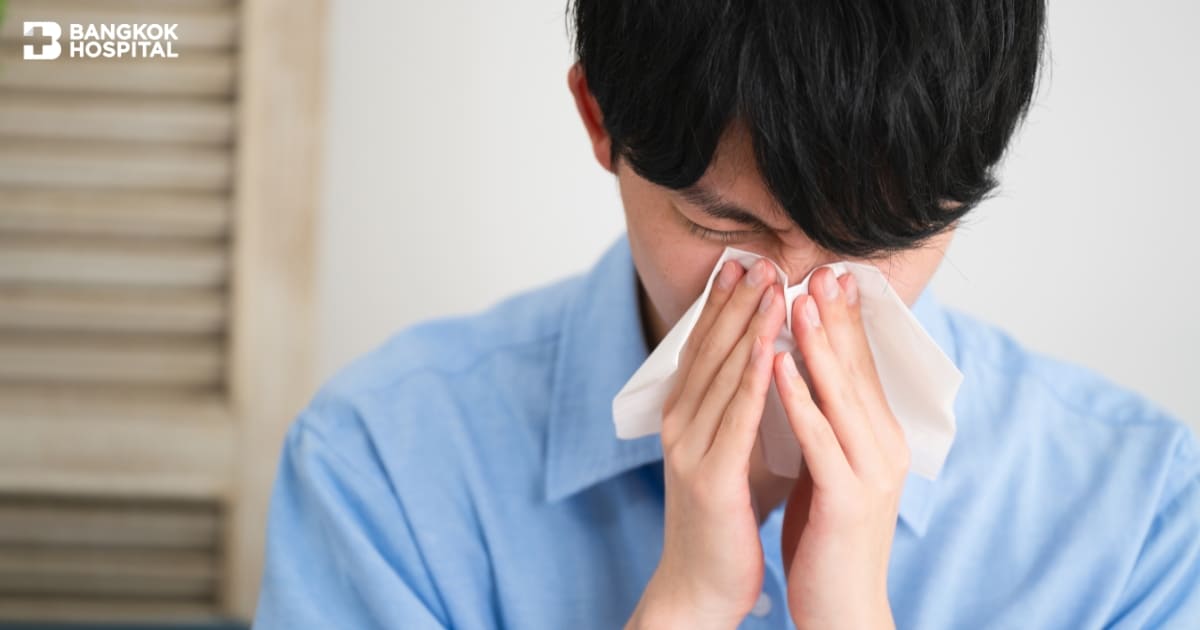Although golf might look like an easy game to play, just to hit a stationary object with a club into a relatively wide open space, in fact, golf requires tremendous practice and efforts as well as perseverance and excellent skills. Golf might be perceived as a low-risk sport since direct contact never happens. However, a large number of golfers, especially who are deficient in appropriate techniques, often suffer from acute and overuse injuries. Since the explosive nature of the swing induces s tremendous amount of stress on the body, both beginner and professional golfers have greater chances to experience injuries mainly in the hand, wrist, shoulder, arm, elbow, back, body and leg. To prevent common golf injuries, it is highly recommended to gradually improve swing mechanics and use properly designed equipment as well as avoid long practice sessions. Instruction with a teaching professional helps to refine technique and increase enjoyment of the game injury free.
8 techniques to prevent golf injuries
To lower the risk of golf injuries, these tips are highly advised;
1. Proper planning
Golf planning and practice schedule remain important. Planning should cover practice pattern, duration and technical limitations during practice. Practice plan must be appropriately optimized, overpractice and underpractice should be avoided. To start out, practicing the swing can be done for hours. However if the body is not conditioned for the strain, repetitively practicing golf swing may do more harm than good. If golf is an exercise, it is recommended to practice 3-5 days a week. In addition, taking sufficient rest is crucially needed.
2. Sufficient diet consumption
To promote overall health status, sufficient diet consumption is vital. Golfers are recommended to eat the five food groups including carbohydrate, protein, healthy fats, vegetables and fruits with adequate amount. Complex carbohydrates such as peas, beans and whole grains are preferred. In addition, snack options should include berries and fruits. Processed food, salt and sugar must be avoided. Creating dietary plan greatly helps to monitor nutrition status, allowing the body to consume energy correspondingly.
3. Regular warm up
Proper warm up is important since it can significantly lower the risk of golf injuries. Before practicing the swing or playing a round of golf, an aerobic exercise to enhance cardiac function and blood circulation should be regularly performed. Other exercises include trunk rotations and stretches, wrist extension, standing hip stretch and pelvic tilts. Swinging golf club a few times can also increase the range of motion.
Furthermore, it is recommended to gradually increase the length and intensity of play in order to avoid overuse injuries.
4. Adequate hydration
Adequate hydration is important for both good health and optimum sports performance including golf. It is well-documented that the sufficient consumption of water is performance enhancing. For golfers, who potentially spends several hours playing a tournament round and countless hours practicing outdoors, ensuring adequate hydration is a MUST. Signs and symptoms of dehydration, heat exhaustion and heatstroke must be aware. Additionally, alcoholic beverage and caffeine drinks should be strictly limited or avoided.
5. Appropriate practice
Since the entire body is used to execute a golf swing in a complex and coordinated movement, regular practice plays a major role to reduce chances of golf injuries while enhancing performance. Practice plan should specify practice goals, duration and frequency of practice. During practice sessions, understanding the mechanics behind the golf swing including using proper posture and avoidance of overswing can help preventing golf injuries.
6. Strengthening the muscles
All possible risks to develop injuries must be avoided. Conditioning training and core muscle strengthening exercises especially weight training can largely improve swing mechanics and minimize the chances of golf injuries. Since stronger muscles are less prone to injury, strength training exercises are suggested year-round. In addition, regular aerobic activities e.g. walking, jogging and swimming can induce staying power on the course. However, to build up the endurance, it entirely depends on individual skills and physical performance.
7. Getting enough sleep
Similar to other sports, adequate sleep plays a crucial role in golf. Sleep does not only help the body to recover, it also acts as a surefire performance booster. Using mobile phone prior to sleep time should be avoided since it can largely disturb sleep quality. To get a healthy sleep, it is advised to sleep in the dark and quiet room without any form of disturbance. Drinks containing caffeine should be refrained. To optimize general health status and golf performance, sufficient sleep should be obtained at least 8 hours a day.
8. Smart travel
Traveling for long distance potentially causes fatigue and tiredness. If long distance trips are planned ahead, alcohol consumption should be avoided. In addition, physical supports e.g. elastic or compression socks should be worn in order to promote regular blood flow during the trips. For professional golfers, reaching the destination few days before the competition begins is suggested, allowing the body to adjust to new environment.
Staying in shape on the course with proper posture:
Proper posture significantly helps to lower the risk of golf injuries. Good posture for golf swing is listed as follows:
- Top of the backswing position, left arm must be kept fully straight;
- The highest position of the golf shaft for top of the backswing should not reach the parallel line;
- To achieve correct golf posture, N-posture is recommended while spine must be kept in upright position;
- During shaft swing, standing posture must remain similar to alignment in the golf setup.
- To swing the golf shaft, abdominal muscles should be correspondingly used.
- For backswing, the upper part of the body should not rotate greater than 90 degrees.
- To end the swing in Finish Swing position, the Modern Swing is advised position.
A wide range of golf injuries can happen during the games and practices, starting from mild injury e.g. muscle pain to chronic conditions. Several factors contributing to common golf swing injuries include overuse and over-practice, over-swinging, poor swing mechanics, lack of proper warming up, incorrect grip and setup as well as traumatic force to the body resulting from a poorly executed swing. More importantly, preventing the most common golf injuries can be done by working on improving swing mechanics, participating in golf-specific conditioning programs, buying properly designed equipment e.g. light-weight equipment and avoiding long practice sessions. In order to get fit before golfing, golfers should be tested for their physical fitness and muscle functions conducted by expert sport medicine doctors. Not only to evaluate the fitness level of the muscles and entire body, the program also helps to reduce chances of injuries that possibly happen during the games.





















